Morgridge Communications periodically takes a deep dive into topics of special importance to our mission, combining many voices and multimedia content to tell a compelling story. In addition to the long-form features below, check out our monthly profile of early-career scientists, ‘Rising Sparks;’ and our video series, ‘Path to Better Health.’

Cryo-EM Explained: Visualizing Life’s Machinery
The world of the super-small — of proteins, ribosomes, bacteria, viruses, and other biomolecules — is perpetually abuzz inside of us. A powerful structural biology technique called cryogenic electron microscopy (cryo-EM) gives scientists a new window into the machinery of life. Here’s a look at how the technology works.
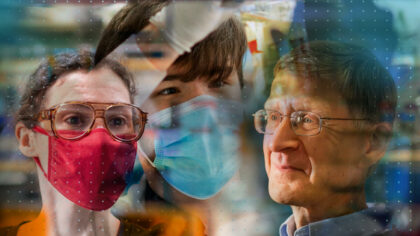
Resilience: How COVID-19 challenged the scientific world
In late 2019, a novel coronavirus began spreading across the globe. The pandemic still isn’t over, but it hasn’t stopped scientific progress. We spoke with scientists at the Morgridge Institute for Research and the University of Wisconsin–Madison who shared stories of promise, resilience, and lessons learned to come together, overcome challenges and work for the public good.
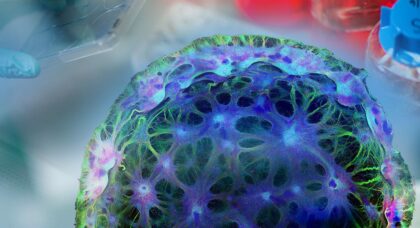
Immortal: An oral history of stem cell discovery
In November 1998, the journal Science published James Thomson’s groundbreaking work on embryonic stem cells. There has been 20 years of progress since the initial discovery spawned a new field of research, and tremendous potential exists for the future. We reached out to the people who lived it, and they shared the experiences in their own words. This is their story.
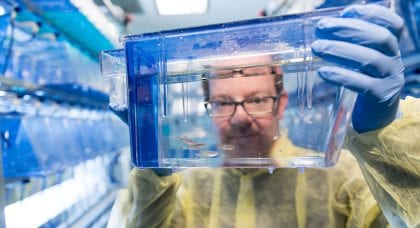
Model organisms: Peculiar creatures, big discoveries
From axolotls to zebrafish, this story explores some of science’s classic models, others more unusual, but all with potential for increasing our understanding of biology to improve human health.
Ongoing Series
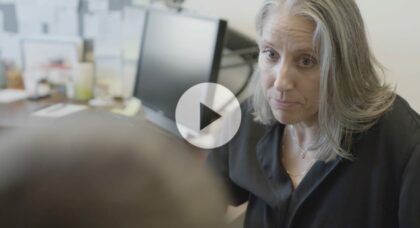
Path to Better Health
The series explores the tremendous stakes involved in biomedical research and why a fundamental understanding of biology is needed to improve human health. Learn more about the challenges of predicting preterm births, developing protections against viruses, fighting a devastating tropical disease, and keeping babies safe under anesthesia.
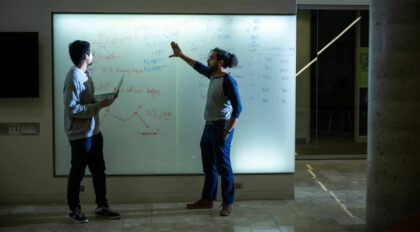
Rising Sparks
Rising Sparks is a monthly profile series exploring the personal inspirations and professional goals of early-career scientists at the Morgridge Institute.
Learn more